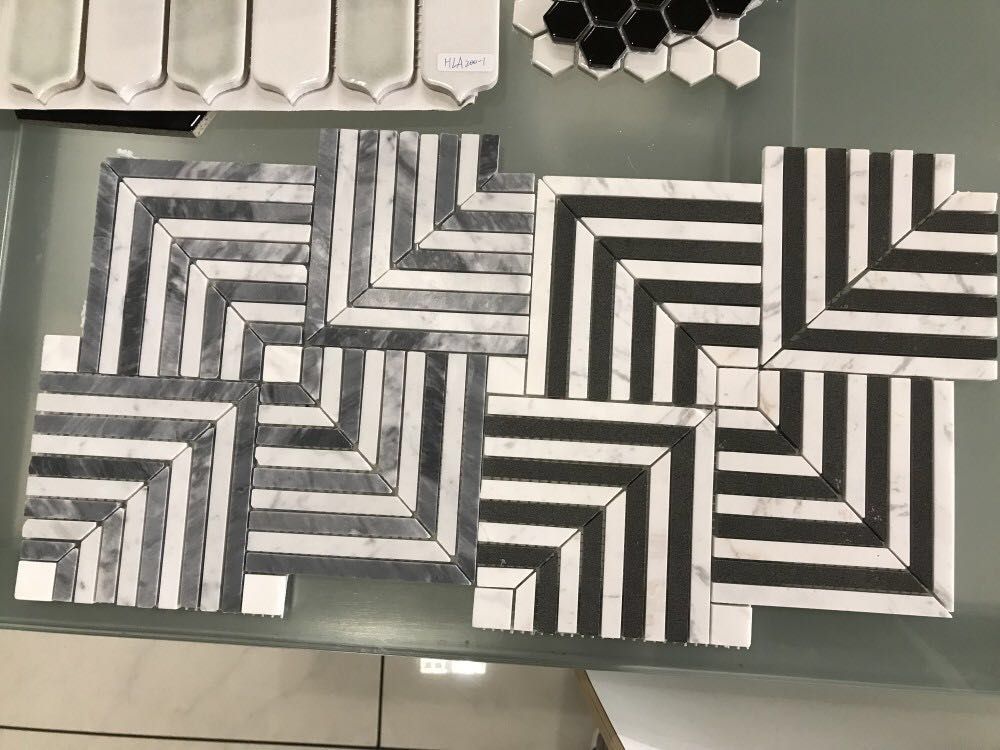

5-7 The reason the set of theories and methods is called a “mosaic” and not, say, “system” is that the elements of the mosaic may or may not be tightly adjusted there may be considerable gaps between the elements of the mosaic. 5 The definition assumes that theories and methods are the only two fundamental entities that undergo scientific change. DescriptionĪccording to this definition, scientific mosaic encompasses all accepted theories and employed methods. Scientific Mosaic (Barseghyan-2015) is an attempt to definition the following question: What is scientific mosaic? How should it be defined? c4 Additionally, Rawleigh argued that the definition is to be accepted since we have "already accepted the revised question-theory ontology". c3 In early 2020, Patton dropped his objection as he found that there was "sufficient general understanding of what an epistemic agent is to accept this definition of the scientific mosaic, even without first accepting a definition of epistemic agent". c2 This point was seconded by Rawleigh who argued that the definition of scientific mosaic is to be accepted regardless of whether there is an accepted definition of epistemic agent, since "it's de facto accepted already that some agent is required to have a mosaic". According to Barseghyan, the lack of such a definition of epistemic agent should not "be taken as a reason for postponing the acceptance of the definition of scientific mosaic", since inevitably any taxonomy contains terms that "rely in their definitions on other (yet) undefined terms". c1 This objection received two counterarguments. Initially, the modification raised an objection from Patton who argued that the modification "is not acceptable at present, because it contains a term epistemic agent, which has not yet been defined within scientonomy". No matter the definition, Arizona Tile has a great selection of mosaic tiles to give personality and charm to your next home remodel project.These are all the modifications where the rejection of this definition has been suggested:Īccept the new definition of scientific mosaic as a set of all epistemic elements accepted and/or employed by the epistemic agent. Accent tiles can be much larger in size than mosaic tiles, and the accent category includes non-mosaic products like liners and trim.Īs you can see, defining mosaic tile is certainly not an exact science. The two categories can certainly overlap, but accent tile is not necessarily mosaic in nature. Much of the confusion about the difference between mosaic and accent tile comes from the fact that mosaics are often used as an accent or border to other tile designs. Image: Shimmer Teal Glass Dome Liner from Arizona Tile Whether you want to add a modern touch to your kitchen or bring timeless charm into your bathroom, mosaic tile is a beautiful way to do so. Each combination of materials and shapes is great for making a stylish, intricate statement in areas such as backsplashes, bathroom walls, shower and tub surrounds, fireplaces, and even floors. Available shapes and styles include square, penny round, arabesque, mini brick, basketweave, hexagon, chevron, herringbone, and more. Popular materials include glass, natural stone, metal, and porcelain. Individual mosaic patterns vary greatly, featuring a multitude of different materials, colors, and tile shapes.

In the tile world, a mosaic is defined as an inlay design pattern with tiles smaller than 2×2”. Image: Golden Beige 3D Basketweave Mosaic from Arizona Tile Mosaic is an ancient art form dating back centuries, and it remains popular in home design today. Traditionally, a mosaic is a decorative design or work of art made up of small materials (such as pieces of stone or glass) arranged to create a pattern or image. So, let’s take a look at some examples and help clear it up in case you’re wondering the same thing! It’s easy to get confused about how these two types of tile differ. We often get questions about the difference between mosaic tile and accent tile. Featured Image: Baroque Alabastro Strip Glass from Arizona Tile


 0 kommentar(er)
0 kommentar(er)
